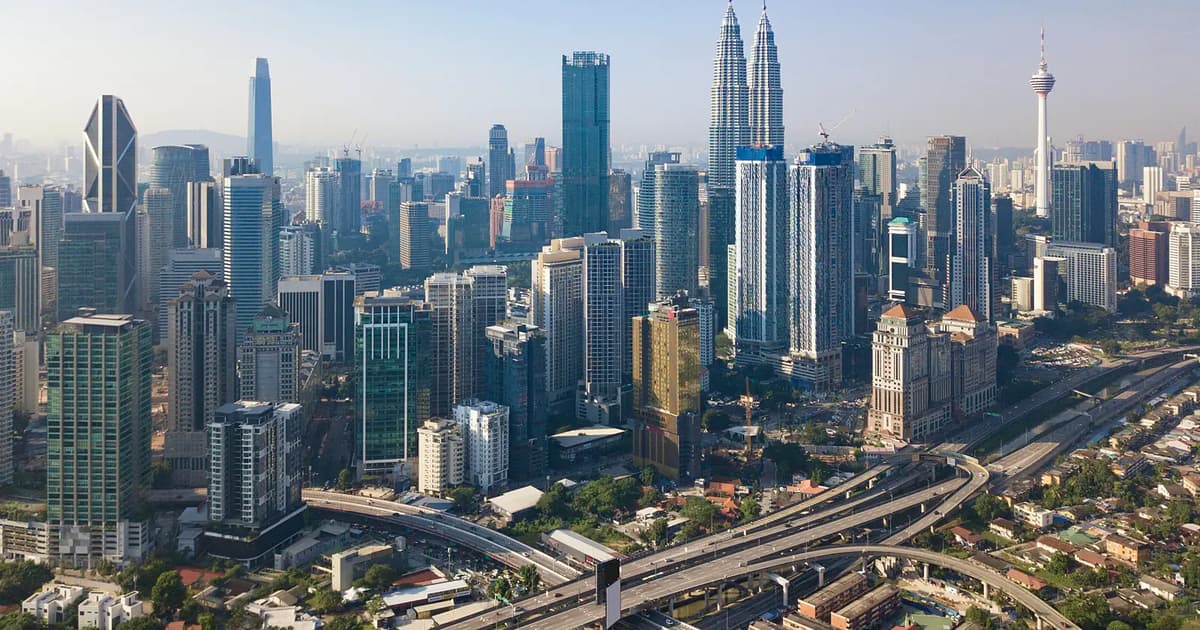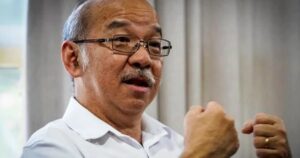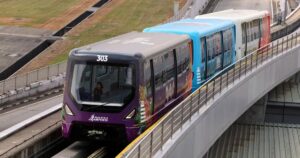
A think tank says it’s the right time for the government as well as the private sector to look into converting vacant office buildings in Kuala Lumpur into residential units in the city centre.
Research for Social Advancement (Refsa) said more companies were moving out of older office blocks to more modern buildings, leaving a supply of “slowly decaying” office units available and unused.
Refsa executive director Tan E Hun said upgrading these buildings into state-of-the-art office blocks was an option, but warned there was no guarantee that current tenants would return due to the competitive nature of the market.
“However, the housing shortage in such a well-connected and attractive part of the city opens a new possibility for these buildings,” she said in a statement.
Adding that such buildings already had easy access to public transportation through rail and bus networks, she said Kuala Lumpur City Hall’s (DBKL) initiative to develop a “Warisan KL” core in the city centre would also enhance its heritage and cultural value, contributing to a more liveable city.
Tan said the buildings that had the potential to be converted for residential purposes included Wisma SPS, Imbi Plaza, Wisma New Asia, Menara Maybank, Loke Yew Building, Menara Raja Laut, KH Tower and Bangungan Lee Yan Lian.
“These buildings are mostly office buildings which have high vacancy rates, are more than 30 years old, and are in areas which have great accessibility to facilities and public transportation,” she said.
In May 2023, FMT quoted property experts as expressing concern over the amount of vacant office space in Kuala Lumpur, estimated to be over 30 million square feet or 10 times the total floor area of the Merdeka 118 tower.
They said the vacant spaces were located in the central business district, fringe and metro area of Kuala Lumpur, amounting to 29% of the 115 million square feet of office space in the capital city.
With the availability of new office lots in buildings like Merdeka 118 and Tun Razak Exchange, Tan said the government should seek to provide decent housing for those who would be working there.
She said the old central business district area in the city would be suitable for smaller households or singles.
“Ready-built housing stock subjected to appropriate retrofitting could focus on rolling tenants with a need to live near their workplaces, reducing commuting time and car reliance.
“Its proximity to many still-occupied offices, widespread connectivity through public transport, and abundance of entertainment, lifestyle and dining venues would make it an attractive proposition for young singles or working couples looking to position their living environment in the centre of work-life balance.”
To gauge the suitability of an office block for conversion to residential units, Tan said DBKL could commission local urban planners to come up with a benchmark based on a scorecard used by global architecture firm Gensler.
She said this initiative would be crucial to prevent certain parts of the central business district from turning into ghost towns after work hours, deprived of economic and social activities.
“While not all of them would be suitable for residential purposes, it would be well worth the effort to at least give them a thorough evaluation and potentially a new lease of life that could help rejuvenate a historical and iconic part of Kuala Lumpur.
“The last thing the urban core needs is a cluster of decaying vacant office buildings sitting around until they’re no longer fit for any kind of usage,” she said.






